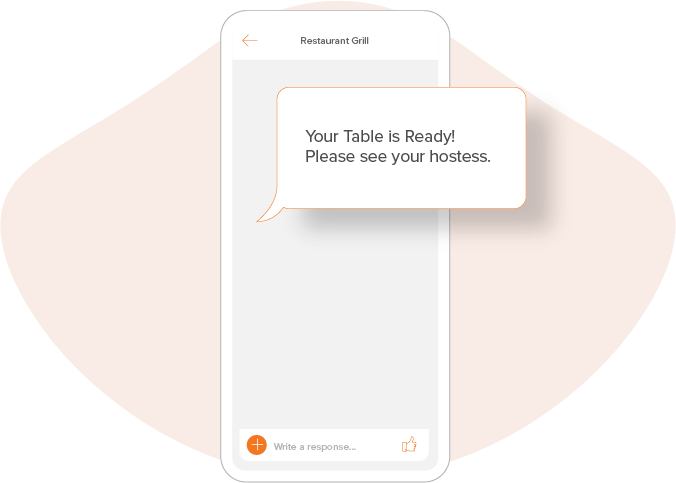
Our world is becoming digital, as is the demand for restaurants to deliver customer service that goes above and beyond customers’ expectations. In order to deliver a convenient, fast, and casual experience many business owners are turning to self-serve kiosks.
While the labor-saving benefits of self-service kiosks and automated checkouts is apparent, it’s not the only factor. The automated up-selling allowed by this technology is a sales-boosting tool that cannot be overlooked.
While self-service kiosks continue their meteoric rise in popularity, questions have emerged. What kind of payment options does it accept? Is it compliant, and secure? Below, we’ve compiled the most common self-serve kiosk questions and their answers.
What kind of payment options are accepted self-order kiosks? Do kiosks accept cash?
There is no shortage of payments types you can accept at a self-service kiosk. Kiosks can accept credit cards, debit cards, gift cards and even some forms of digital payments like Apple Pay. Alternative methods are also supported, such as applying promotional codes or paying cash at the counter.
What features should I consider when deciding on a self-service kiosk?
Determining how a kiosk will be used will help decide what features you’ll need in your kiosk. For the primary purpose of allowing payment transactions, a printer and payment device will be needed. Businesses that have loyalty programs will also want to make sure their kiosk supports this function. Gift Cards are also featuring that may need additional hardware. Some kiosks include all of these items as part of the kiosk structure and software, these are the best options.
Do self-serve kiosks connect with my point-of-sale system?
Fortunately, many kiosk software providers are fully capable of interfacing with different point-of-sale systems because they contain open APIs that work with the major systems. The only caveat might be if a POS system itself is not open to interfacing with other software programs. This can be the case for legacy POS systems or, to a lesser extent, modern POS systems where the vendor has opted to close off third-party software communications. When looking into a self-service kiosk program, kiosk-POS integration should be discussed early in the planning stages.
Is an investment in self-serve kiosks worth it?
The quick answer is, yes. Not only are kiosks the wave of the future, they are an improvement on the current system. They offer huge advantages to QSRs and fast casual customers. Besides making wait-times shorter at checkout counters, data shows kiosks can increase average ticket orders as well. Up to 30% increase in spending due to upselling and cross-promoting efforts made possible with the kiosk. In addition, staff can be diverted to more customer-focused tasks like expediting food or cleaning, which can directly impact your customer’s experience at your establishment. As more restaurants invest in the technology, patrons will expect their favorite QSRs and fast casuals to offer the same efficiency and convenience being offered elsewhere.